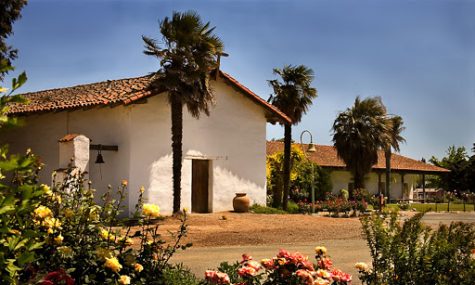The Destruction and Erasure of Indigenous History
November 10, 2020

This injustice against indigenous peoples was then hidden through a process called selective reconstruction. Mission administrators’ restoration efforts in the name of historical conservation were, in actuality, attempts to paint an inaccurate narrative of native experiences on these sites—preserving aspects of the mission system that aligned with self-interests and values. Soldier’s quarters, monjerios (locked concubine chambers), and whipping posts, where native peoples were brutally assaulted and confined, were rebuilt in such a way that glossed over these horrific struggles. During the restoration of Mission Soledad, for example, local residents desecrated the mission’s original indigenous cemetery and turned it into a parking lot for tourists. “[In doing so], they removed the visual evidence of the mission’s most important effect upon Indian life: death.” Other visual evidence of brutality was obscured and replaced by greenwashing; large fields and courtyards were replaced with historically-inaccurate gardens, in which tools used by enslaved natives were repurposed as garden decor. This erasure of native history has given the American education system an excuse to color what was (and arguably still is) a story of persecution and devastation as a rosy narrative of cooperation and friendship.